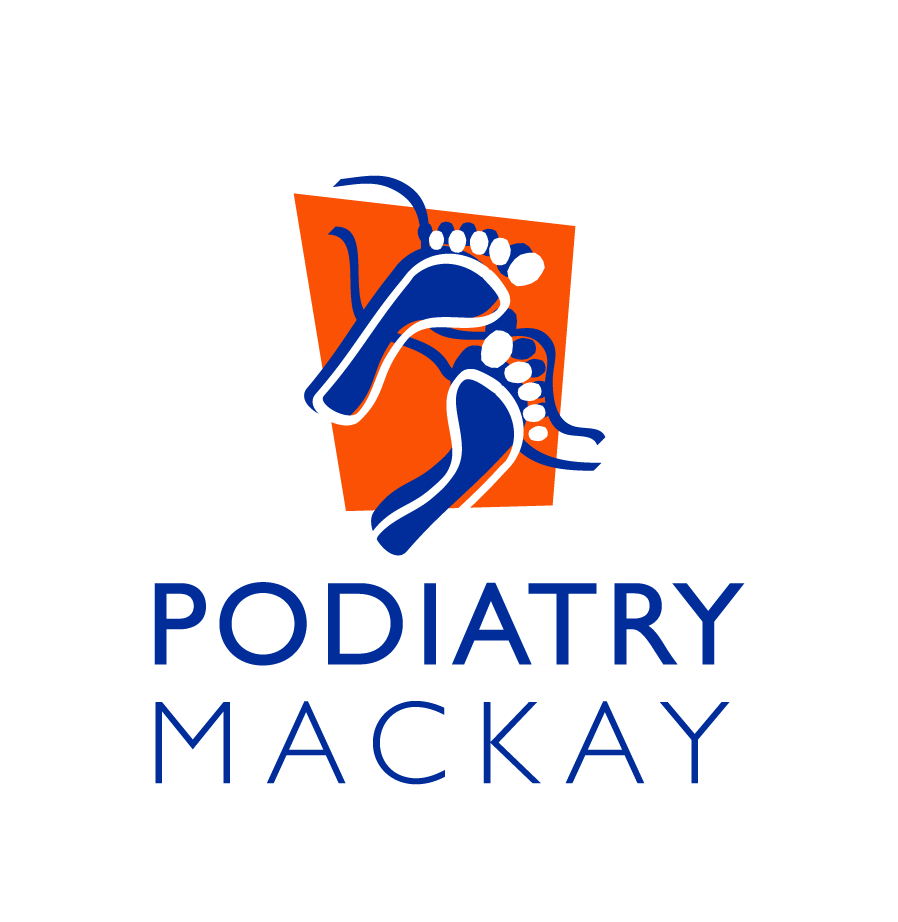Plantar Fascial Strain/tear
What is it?
The Plantar Fascia is a band/fascia of connective tissue that runs from the heel to the base of the toes. This fascia is the main supportive structure through your arch and takes most of the load whilst you are walking. Due to this fact, acute strains of the plantar fascia are relatively common and are not to be missed. These strains most commonly occur in the mid-portion of the plantar fascia (as opposed to the insertion at the heel) and are known to respond well to conservative treatment. Patients generally present complaining of a painful focal point under their arch, localized swelling/bruising and +/- a palpable lump.
Why did I get it?
Although individuals of all ages can suffer from an acute plantar fascial strain, there are several risk factors that can increase your likelihood:
Sudden increase in activity levels
Incorrect footwear
High or low arched feet
Biomechanical abnormalities
Previous Cortisone injection
Sudden increase in weight
Prolonged standing on hard surfaces
Direct trauma (e.g. Rugby tackle)
Symptoms:
tenderness and pain over the plantar fascia, which runs under the foot from the heel to the forefoot.
There may be a sudden sharp pain at the time of injury under the heel or arch of the foot.
How is it diagnosed?
A thorough history and clinical examination will generally be sufficient for the diagnosis of a plantar fascial strain. You will be referred for an Ultrasound or MRI to determine the extent of the tear and to rule out a complete rupture.
Possible treatments:
Soft tissue therapy
Custom Orthotics
Padding/strapping
Compression wear/garments
Air-cast boot
Rest & Ice
Neuromuscular needling
Period of non-weight bearing
Prognosis:
Depending on the severity of the strain and patient compliance, patients generally completely recover within 2-6 weeks. Return to activity is progressive in order to allow the plantar fascia time to adapt to increased load. This is often done in conjunction with custom insoles and supportive footwear.
